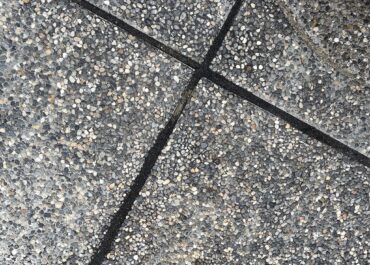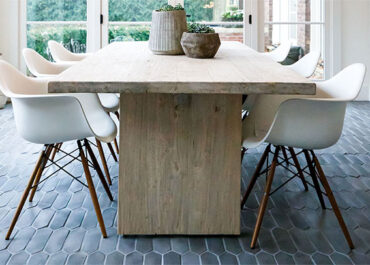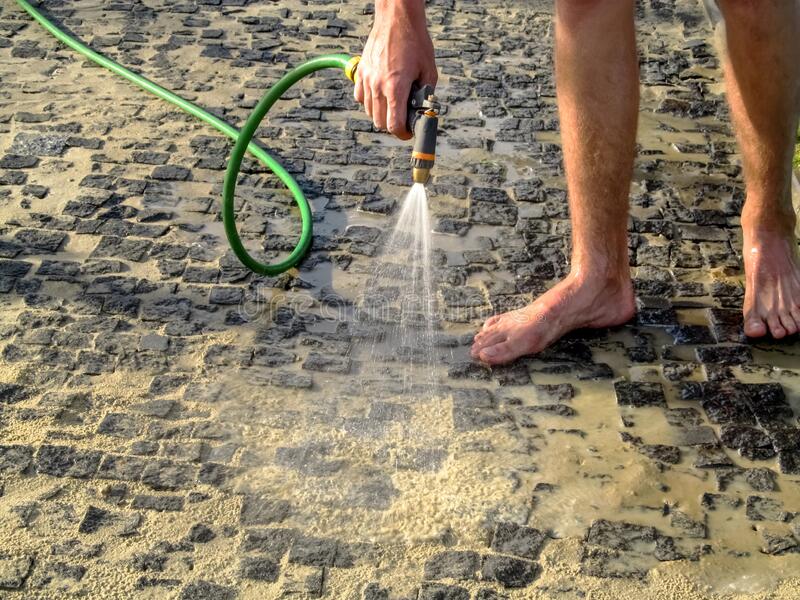
Everyone detests it when they can’t stand barefoot outside. At family gatherings specifically, sometimes all we want is a chill afternoon where we can lie on the grass with the kids, jump around the pool, and have that perfect barbecue. But we can’t do that when the summer heat is melting our faces and feet. If you have a paver project, chances are you have faced this problem before – and are currently trying to avoid it altogether. So what can we do to have cool pavers even during the summer?
Well, we’re going to fill you in on some techniques that help keep your outdoor patio bearable. In case you’re looking for pool pavers that don’t get hot, check out this other article.
A brief overview of cool pavers
Summer heat can be both a bliss and a curse – and Florida is the living definition of that. When the sun comes out in the middle of the year, it comes out with full force, which urges us to pungle into cold water and drink refreshments.
As you know, pavers are mostly used for outside business. Be it for patios, driveways, or sidewalks, there are many types available on the market today – and some of them retain more heat than others.
Let’s talk about those for a second. While porcelain, brick, and concrete are among the top choices for many homeowners, these three might heat up a lot on summer days – so, in some cases, experts will either suggest a more technical approach (thus, a more efficient installation) or a different material to you.
Apart from the material itself, though, the color of your pavers also plays a crucial role in all this. You can still use these conventional paving stones if you want – but our tip is to aim for light-toned ones instead of dark hues. This way, even around pool decks, the heating problem won’t be so extreme.
So, what can we do to cool pavers?
Of course, the aforementioned facts will be useful in future planning. But what if you already have a beautiful paver installation?
Well, you don’t need to worry so much! There are ways to ease this problem, as you’ll see below. Try out the following list next time your pavers begin to burn:
- Grab the garden hose; plain and simple, you can start by spraying off the pavers to cool them down, which temporarily alleviates the heat.
- Place outdoor fans around the area; just like the hose, this is a quick, instant solution that helps circulate the air when needed, especially in lounging spaces.
- Plant trees and bushes; practical and long-term, having greenery surround your house is not only sustainable and beautiful but effective, once it can block off the sun rays and keep the temperature down.
- Install a misting system to spray your pavers; this is even more helpful if there’s a lot of grass around – because you can use the same water for both, making the most out of this (more expensive) investment.
- Place a pergola over the project; if you’re not eager to deal with plants, this is a less organic, yet equally effective way to keep your paving stones as cold as possible – and additionally, it can further complement your home aesthetics.
Pavers that don’t get hot
It’s important to say that, even upon adopting ways to improve the situation, any type of paver can naturally get hot. Sadly, there’s no permanent way around this.
With that said, we mentioned at the beginning that some materials fulfill this purpose better than others – and we’re about to tell you which ones.
Well, those are natural stones. Keep in mind that these options share the perfect cost-benefit in the long run, although they do require more budget than most. Check it out:
Travertine pavers
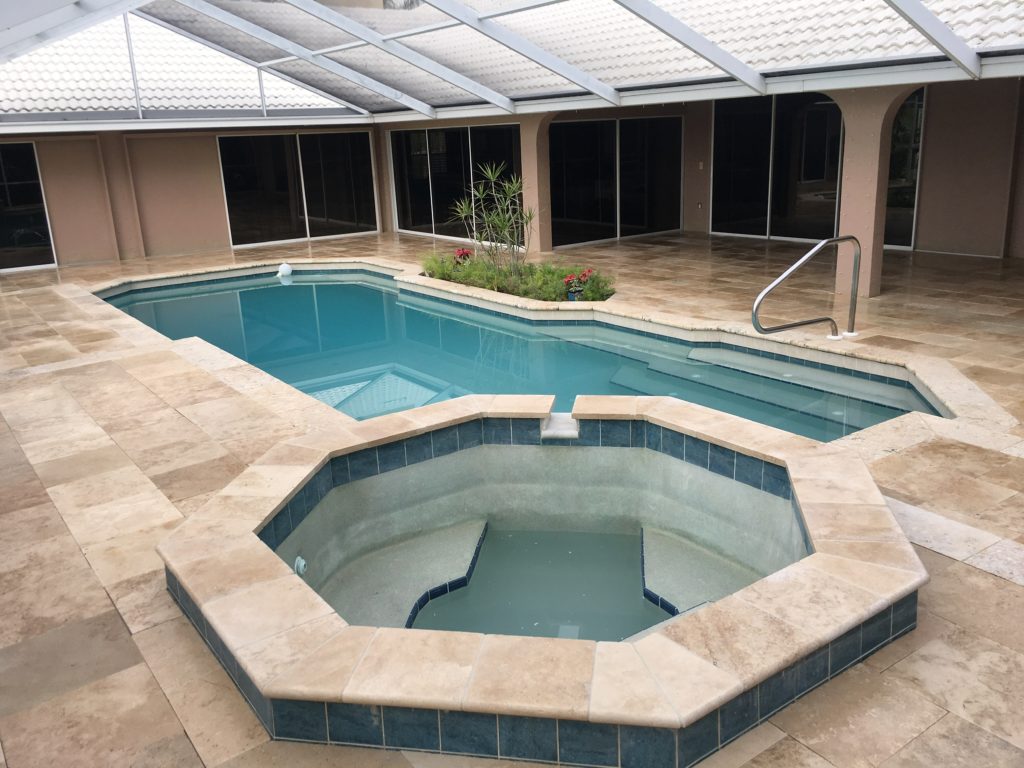
Travertine is the king of pool decks around the country for a reason. On a 90-degree summer day, for instance, you can expect the stone to remain at 108 degrees easily. You see, instead of holding on to heat, it passes down to the earth below it.
Furthermore, travertine comes in many custom shapes and colors – white, gray, and yellow to name a few – only adding to its value and versatility.
Light marble pavers
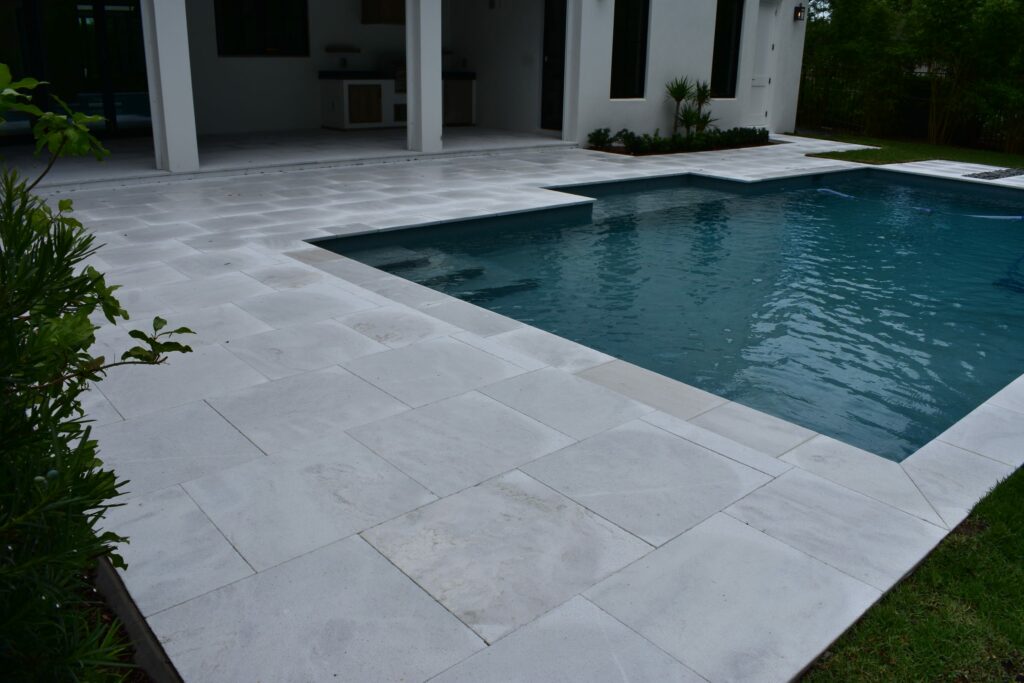
First of all, marble slabs will cost you. When used as pavers, however, this natural stone can maintain comfortable temperatures – and look gorgeous at the same time. If you don’t like travertine, light marble is a nice alternative both outside and inside your house.
Cobblestone pavers
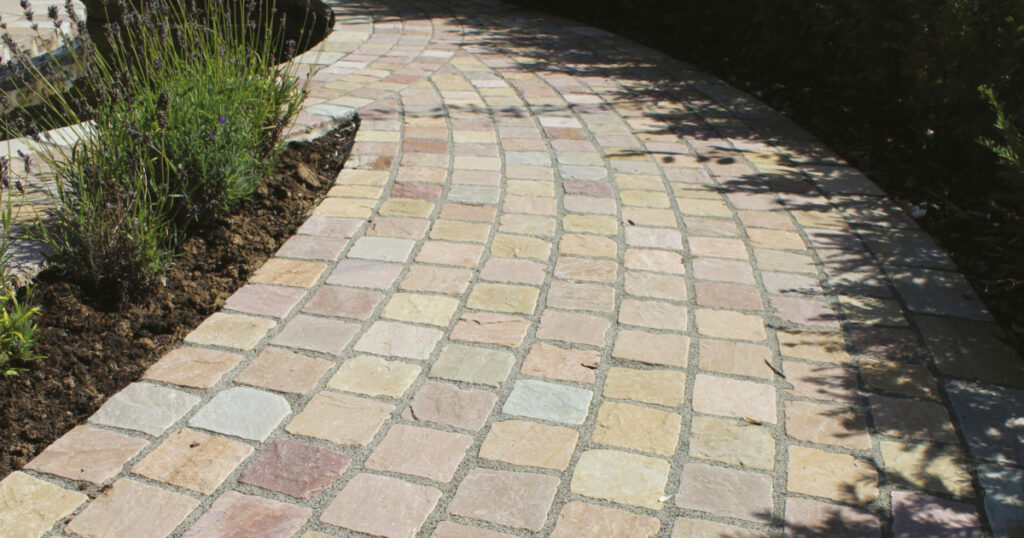
Cobblestone is a natural building material with a simple fabrication process. It is made from a mix of highly durable stones – such as granite and basalt – which is dug from nearby areas and roughly shaped into smaller, circular, and uneven units.
Even though this material is more commonly found in streets and public parks, using it in your house can achieve the same beneficial results as the others.
Get all the help you need from experts!
With years of practice under our belt, Eagle Pavers is here to optimize your outdoor area. We’ll do whatever’s possible to keep your pavers comfortable to the touch.
As a branch of Eagle Stones, our team specializes in hardscape supply, installation, and maintenance around the counties of Sarasota and Manatee, Florida. In case you’re near us, don’t hesitate to give us a call so we can get started on whatever project you have in mind with a free estimate!
Click here to view the full online catalog – we’ll be waiting for you to reach out.


